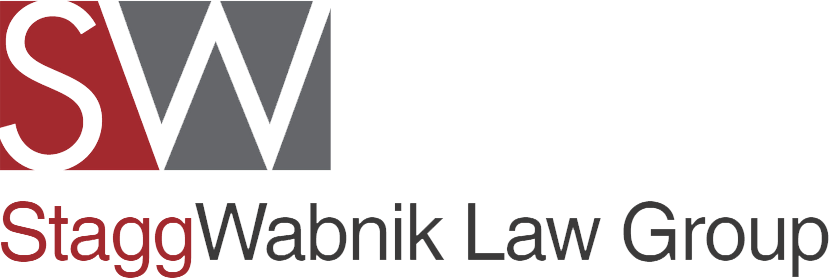
Overview of the Paid Prenatal Leave Policy
New York State has introduced a policy offering paid prenatal leave to pregnant employees in the private sector. Effective January 1, 2025, this initiative positions New York as the first state to provide paid time off specifically for prenatal care.
Under this new law, pregnant employees can take 20 hours of paid leave each year for prenatal medical appointments. This leave is in addition to any existing sick leave benefits provided by employers. The policy ensures pregnant workers can attend essential healthcare appointments without jeopardizing their employment or income.
Covered Prenatal Health Care Services
The 20 hours of paid prenatal leave cover a range of pregnancy-related health care services, including:
Physical examinations
Medical procedures
Monitoring and testing
Consultations with healthcare providers
End-of-pregnancy care
Fertility treatments
This comprehensive coverage ensures that pregnant employees can access necessary medical care throughout their pregnancy.
Eligibility and Employer Obligations
All private-sector employers in New York State must comply with this law regardless of size. This includes corporations, limited liability companies, and associations employing individuals in any occupation, industry, trade, business, or service. Full- and part-time employees are eligible for 20 hours of paid prenatal leave annually, with no minimum work requirement or accrual period.
Employers must pay employees at their regular pay rate during the leave or at the appropriate minimum wage for their occupation, whichever is greater. Additionally, employers cannot request employees' personal health information or medical records as a condition for granting the leave.
Interaction with Existing Leave Policies
Paid prenatal leave is a separate benefit from other entitlements, such as New York State Sick Leave or employer-provided leave policies. Employees can choose which leave to utilize for prenatal appointments, and employers cannot mandate using one type over another. This flexibility empowers employees to manage their healthcare needs effectively.
Implications for Employers
Employers should take proactive steps to ensure compliance with the new law:
Policy Updates: Review and revise existing leave policies to incorporate the paid prenatal leave provisions.
Employee Communication: Inform all employees about their rights under the new law and provide guidance on requesting leave.
Record-Keeping: Implement systems to track the utilization of paid prenatal leave separately from other leave types.
Training: Educate human resources personnel and managers about the new policy's requirements and implications to ensure consistent application.
By addressing these areas, employers can facilitate a smooth transition and uphold their obligations under the law.
Benefits of the Paid Prenatal Leave Policy
This policy offers several advantages:
Health Outcomes: Facilitates access to prenatal care, contributing to improved maternal and infant health.
Employee Well-being: Reduces stress for pregnant employees by ensuring job security during medical appointments.
Workplace Equity: Demonstrates a commitment to supporting diverse employee needs, fostering a more inclusive work environment.
These benefits align with broader public health goals and promote a supportive workplace culture.
Contact Stagg Wabnik Law Group
Navigating the complexities of employment law requires informed guidance. For assistance understanding and implementing the New York State Paid Prenatal Leave policy, contact Stagg Wabnik Law Group at (516) 812-4550 or visit our contact page.
New York paid prenatal leave, employee benefits, workplace compliance, maternity leave policy, employer obligations


Comments